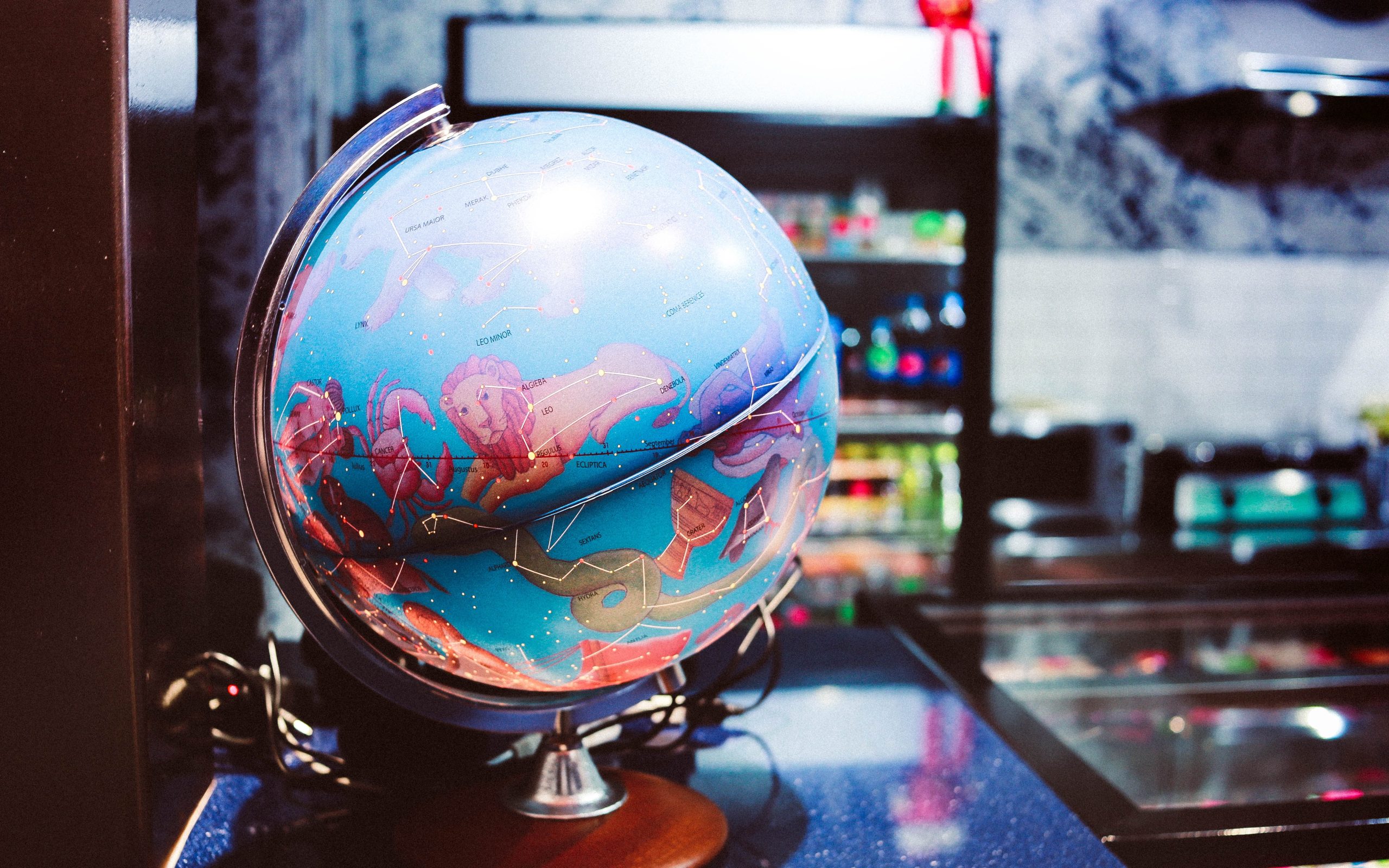What is the Meaning of Tarot Cards?
Tarot cards have fascinated people for centuries with their mysterious and intricate designs. These decks of cards, often associated with fortune-telling or divination, hold deep symbolism and meaning. But what exactly do these cards represent? In this blog post, we will explore the meaning behind tarot cards and the significance they hold in various aspects of life.
The Origins of Tarot Cards
The history of tarot cards can be traced back to the 15th century when they were first seen in Europe. While the exact origin of tarot is still debated, they are believed to have evolved from playing cards used for entertainment. Over time, people started using these cards for spiritual purposes, discovering their ability to tap into the subconscious mind and provide insights into a person’s life.
Originally, tarot cards were only accessible to the wealthy and elite, but with the advent of printing presses in the 18th century, they became more widely available. The symbolism and imagery on the cards intrigued many, leading to the creation of various tarot decks with different themes and interpretations.
The Structure of a Tarot Deck
A traditional tarot deck consists of 78 cards, divided into two main categories – the Major Arcana and the Minor Arcana. The Major Arcana comprises 22 cards, each representing a significant life event or archetype. These cards include The Fool, The Magician, The High Priestess, The Emperor, The Lovers, and The World, among others.
The Minor Arcana consists of 56 cards, further divided into four suits – Wands, Cups, Swords, and Pentacles. Each suit represents a different aspect of life – Wands symbolize creativity and passion, Cups represent emotions and relationships, Swords represent challenges and thought, and Pentacles represent material wealth and stability. Each suit contains cards numbered from Ace to Ten, along with four Court Cards – Page, Knight, Queen, and King.
Interpreting Tarot Cards
Interpreting the meaning of tarot cards requires a deep understanding of their symbolism and intuitive abilities. While each card carries its own meaning, how it interacts with the other cards in the spread and the individual’s question plays a crucial role in interpretation.
Traditionally, tarot readings involve selecting a specific number of cards from the deck and laying them out in a particular pattern or spread. Each position in the spread has a designated meaning and provides insights into different aspects of life, such as love, career, or personal growth.
To interpret a card, one must consider its symbolism, numerology, colors, and the emotions it evokes. For example, The Fool card often signifies new beginnings, freedom, and taking risks. It urges the individual to trust their instincts and embark on a new adventure. On the other hand, The Tower card represents sudden change or upheaval, symbolizing the breaking down of old structures to make way for new growth.
It is important to note that tarot cards do not predict the future with certainty but provide guidance and potential outcomes based on the current path and energy. The interpretation of these cards requires a balance between intuition, knowledge of symbolism, and understanding of the individual’s situation.
The Use of Tarot Cards
While tarot cards are commonly associated with fortune-telling, their use extends beyond mere divination. Many people turn to tarot as a tool for self-reflection, personal growth, and gaining insights into various aspects of their lives.
Psychologists and therapists sometimes utilize tarot cards as a therapeutic tool to help clients explore their thoughts, emotions, and perspectives. The cards act as a catalyst for discussions and provide a visual representation of the client’s experiences, aiding in the therapeutic process.
Furthermore, tarot cards can be a valuable tool for meditation and mindfulness. By pulling a card or focusing on a specific archetype, individuals can gain a deeper understanding of their current emotions and thought patterns, enabling them to make conscious choices and take positive action in their lives.
Conclusion
Tarot cards are not just decorative pieces of art; they hold a profound and symbolic meaning. From their origins in Europe to their use in modern-day spiritual practices, tarot cards have remained a source of fascination and insight. Whether used for divination, personal growth, or as a therapeutic tool, the meaning behind tarot cards invites us to explore the depths of our own thoughts and emotions. The art of tarot reading is a beautiful blend of intuition, symbolism, and self-discovery that continues to captivate individuals seeking guidance and understanding in their lives.
Table of Contents
